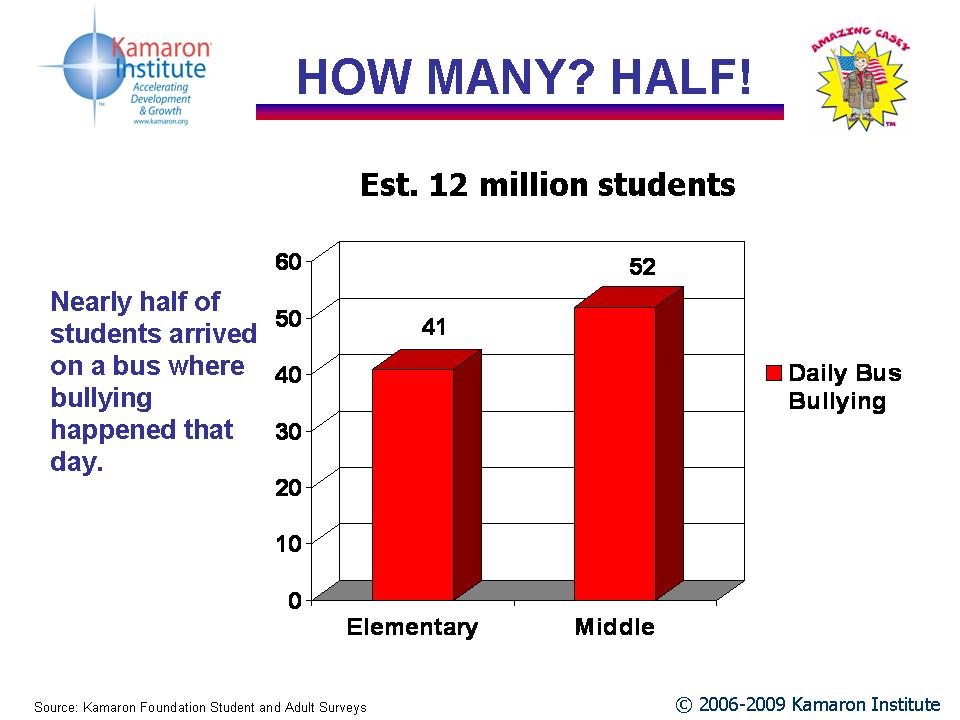
For decades horn honking has been used as a way to communicate. Much like email and attempted humor in tweets this social media message can easily be miscommunicated and misunderstood.
How to Speak Horn - A Social Language
As a language, deciphering horn honks can be challenging. When someone honks their horn, you don't really know if they are honking at you at all—and if they are -- what exactly they are trying to say. To make it more of a conundrum, a honk in your city can be different than a horn honk you might hear while visiting your aunt across the country.
Until the complete etiquette of horn honking is more formalized, I’ve prepared some horn honking basics to prepare you for your next road trip.
Tap
A "tap" is a light application of pressure on the horn. It is really the most genial kind of horn honking (you didn't know there was such a thing, did you?) Here are two different types of horn taps and what they mean: - A tap while at a light: “I don't want to be rude, but the light has changed. Do you think you might go now?” - A tap while on the freeway: “I see your signal and will let you in this lane…if you hurry and acknowledge this courtesy with a hand wave.”
Toot
Taps and toots are often difficult to distinguish. However, as the amusing word "toot" signifies, toots are friendly honks. You might hear a toot from your college roommate, who spots you while you are driving on the other side of the road. Perhaps you haven't seen him or her in years; perhaps you are driving the same car you were in college, and it is now held together with duct tape, while they are driving their brand new BMW, and the whole incident makes you reevaluate your whole life and how you've spent the last 20 years.
Sigh. Anyway, that's what a toot can mean.
Honk
This is more serious than a tap or a toot. Honks are rarely friendly greetings. They are much more likely to be sounds of “Watch out!” or “Pay attention!” The noise duration is longer. The sound decibels are louder and more intense. A honk may mean, “The light has been green for 15 seconds already, so finish your text later.” Just as with a tap or a toot, everyone within ear shot is startled and the momentary stress relief is only experienced by the “honker.”
Blast
"Blasts" are horn honks that sound extremely incensed. There are several categories of long and hard blasts etiquette of horn honking. The most frequently encountered blast communication is the freeway blast. On the freeway (also often paired with choice words and/or hand gestures, which is actually pretty impressive if someone can do that while they're driving at 95 miles an hour) it is a shriek or a roar of: “We are all going to die! Will you slow down and watch where you are going? Or, “Get in your own lane!! ” The next time you are driving along and hear a toot, tap, honk, or blast, you will have a better idea of just what that other driver is trying to say. You may not know if it is directed at you but you will be in the ideal position to tell your passenger about the interesting article you read right here about the language and, a unique social media. Happy traveling. Toot. Toot. Tap. Tap.
This post originally appeared on the World of Success, Jenningswire where Visible Strategies, Kamaron Institute and Margaret Ross regularly contribute articles about leveraging social media and smart digital marketing strategies and positive leadership.



